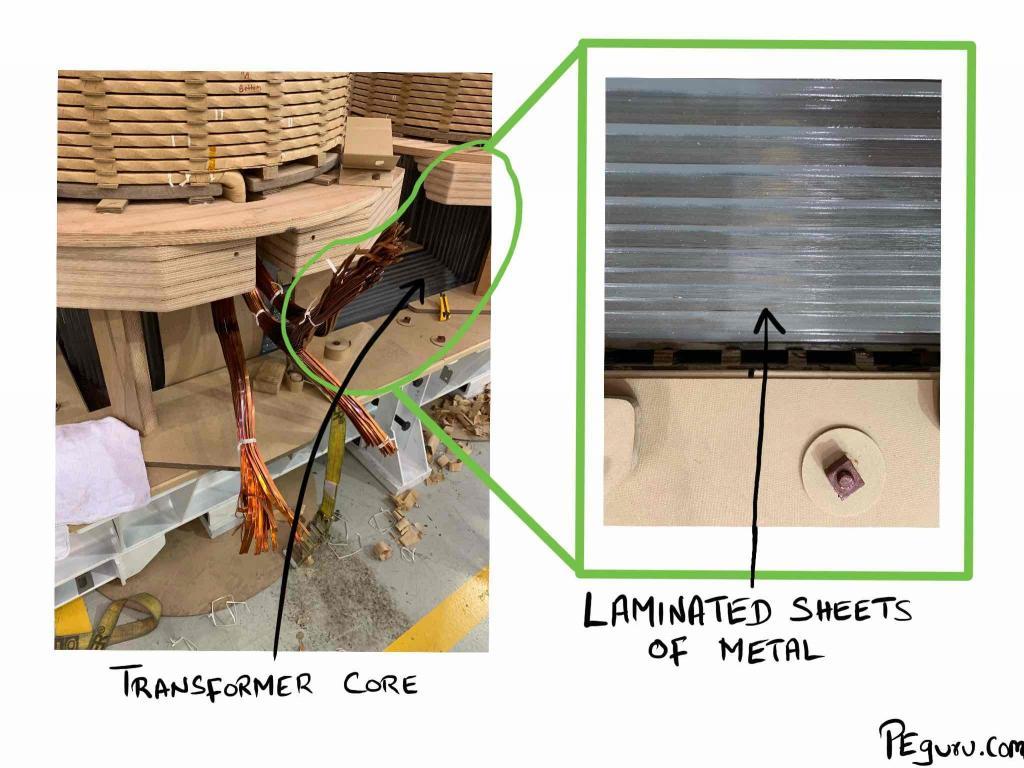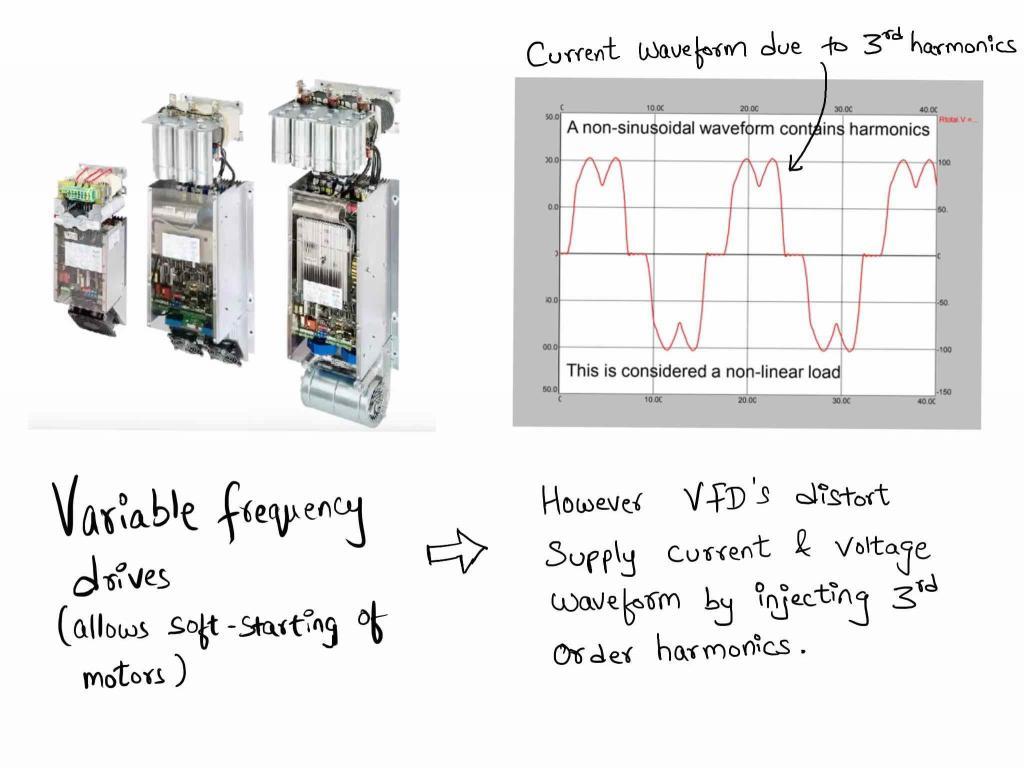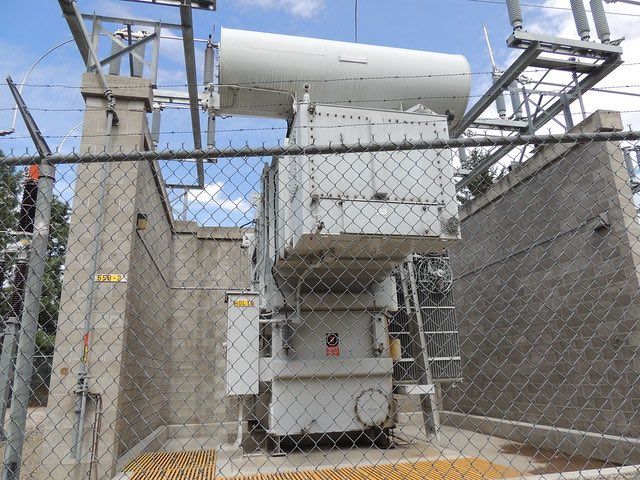News
Miscellaneous – Substation Design Calculations
Miscellaneous – Substation Design Calculations
Transformer noise calculations

| Why conduct transformer noise calculations |
| Power transformers generate audible noise, typically greater than 60db. This can be over-bearing.
If the substation is located in a city, the constant hum from a new transformer may be unacceptable by local ordinances (especially at night time.) |
| Outcome of transformer noise calculations |
| Specify standard sound transformer if the noise generated is acceptable. Otherwise, mitigate the noise using either sound walls or by specifying low-sound transformer. |
Harmonic analysis

| Why conduct harmonic analysis? |
| Non-linear loads (characterized by changing impedance as it draws power) injects harmonics into supply voltage and current. The resulting waveform is not smooth but one marred by spikes and dips. When these propagate into the high voltage system, they damage power transformers and affect the power quality of other customers. |
| Outcome of harmonic analysis |
| In substations where harmonics are present, specify equipment to filter them out. The methods and means of doing this are mentioned here. |
Fire protection study

| Why conduct fire protection study? |
| Short circuit at any location inside the substation generates an incredible amount of heat, as high as 40,000F – enough to cause the oil to catch fire, vaporize copper or aluminum material and burn any other material caught in its path. |
| Outcome of fire protection study |
| Install firewalls. Fireproof the control building, not just sidewalls but penetrations in the floor as well.
Passive fire protection system (like smoke detectors) are typically installed however, in urban areas, some form of fire suppression system is also installed. These active systems could be deluge system (figure 27) or clean agent suppression system. |
